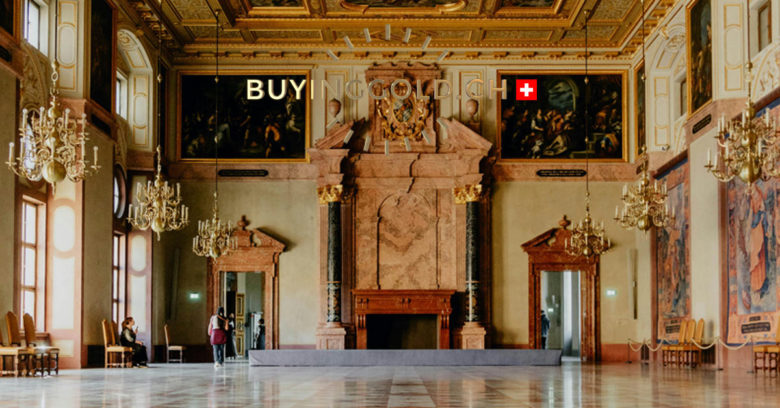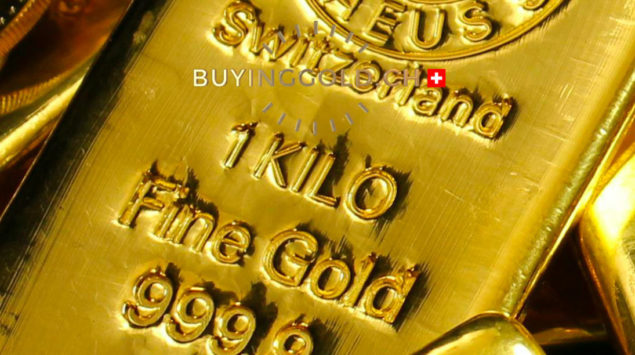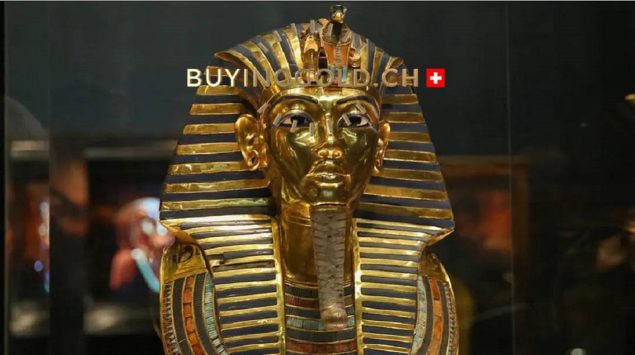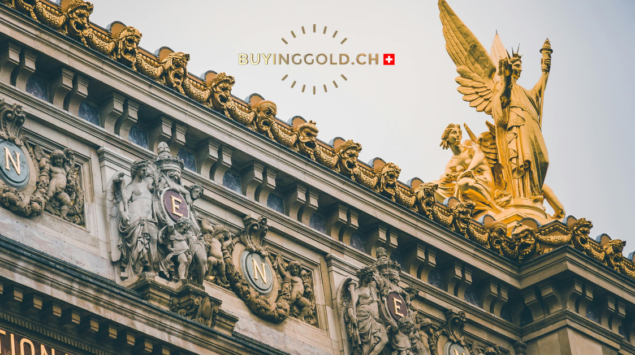
The Beginnings of Gold’s Allure
Gold has captivated humanity for millennia. Its inherent beauty, rarity, and malleability have made it an enduring symbol of power and wealth. From the earliest civilizations to the modern era, gold has been the ultimate status symbol, a tangible expression of dominion and affluence. The earliest known uses of gold date back to ancient Egypt, where pharaohs adorned themselves and their surroundings with this precious metal, believing it to be the flesh of the gods.
Gold in Ancient Civilizations
In ancient Mesopotamia, gold was used for everything from jewelry to the decoration of temples, further solidifying its connection to the divine and the powerful. The Incas of South America revered gold as the “sweat of the sun,” using it in religious ceremonies and to demonstrate the emperor’s divine right to rule. Across continents and cultures, gold became the universal language of power.
The Crown Jewels: Role in European Monarchies
European monarchies have historically been among the greatest accumulators of gold. Crown jewels, thrones, and palaces often glimmered with gold, reinforcing the idea that rulers were chosen by divine providence. The British Crown Jewels, for example, include the famous St. Edward’s Crown, a masterpiece of gold and precious stones, symbolizing the monarch’s sovereignty and the enduring power of the British monarchy.
Aristocratic Excess: Gold in the Hands of the Nobility
While monarchs often had the most ostentatious displays of gold, aristocrats were not far behind. During the Renaissance, European nobles adorned themselves with gold jewelry and filled their homes with golden objects to demonstrate their wealth and status. In France, the Palace of Versailles is an epitome of such extravagance, with gold leaf covering walls, ceilings, and furnishings, showcasing the incredible wealth and power of the French aristocracy under Louis XIV.
The Golden Age of Conquest and Colonization
The Age of Exploration marked a period where European powers aggressively sought gold in the New World. The Spanish conquest of the Aztecs and Incas was largely motivated by the desire for gold, leading to the infamous plundering of vast quantities of the precious metal. These actions not only enriched the Spanish monarchy but also solidified gold’s status as the ultimate symbol of power in Europe. Gold from the New World fueled European economies and wars, further entwining gold with power.
Tool of Diplomacy
Beyond its use in personal adornment and architecture, gold has also been used historically as a diplomatic tool. Monarchs often exchanged golden gifts to cement alliances and demonstrate their wealth and goodwill. Gold coins bearing the likeness of rulers were distributed to gain favor or as propaganda, subtly reinforcing the monarch’s power and influence across borders.
The Decline and Modern Perception
As the centuries passed, the use of gold as a direct symbol of power began to wane. The rise of paper currency and the decline of absolute monarchies reduced the role of gold in everyday governance. However, gold never lost its luster as a symbol of wealth. Today, while fewer monarchs rule, gold still represents an enduring legacy of power, influencing modern jewelry, investment, and even technology.
The Legacy of Gold’s Power
The historic use of gold by monarchs and aristocrats has left a lasting impact on how we perceive wealth and power today. Though gold no longer dictates the fate of empires, it continues to be a universal symbol of success and influence. The allure of gold persists, as does its role in representing the pinnacle of achievement, both in history and in contemporary society.













